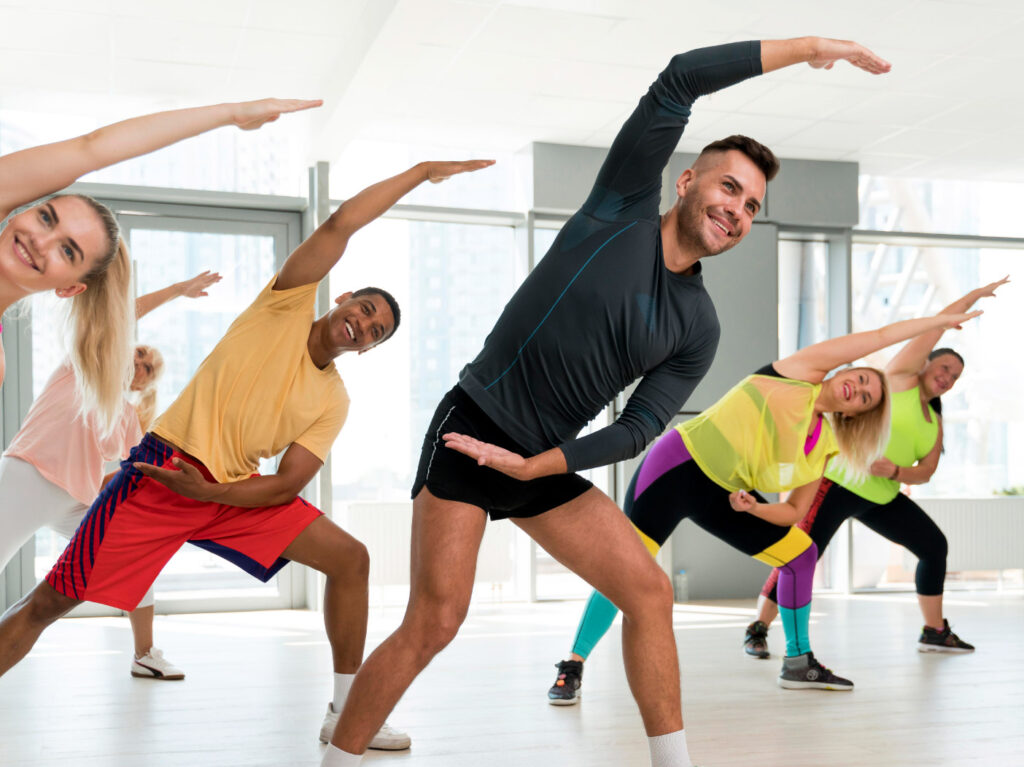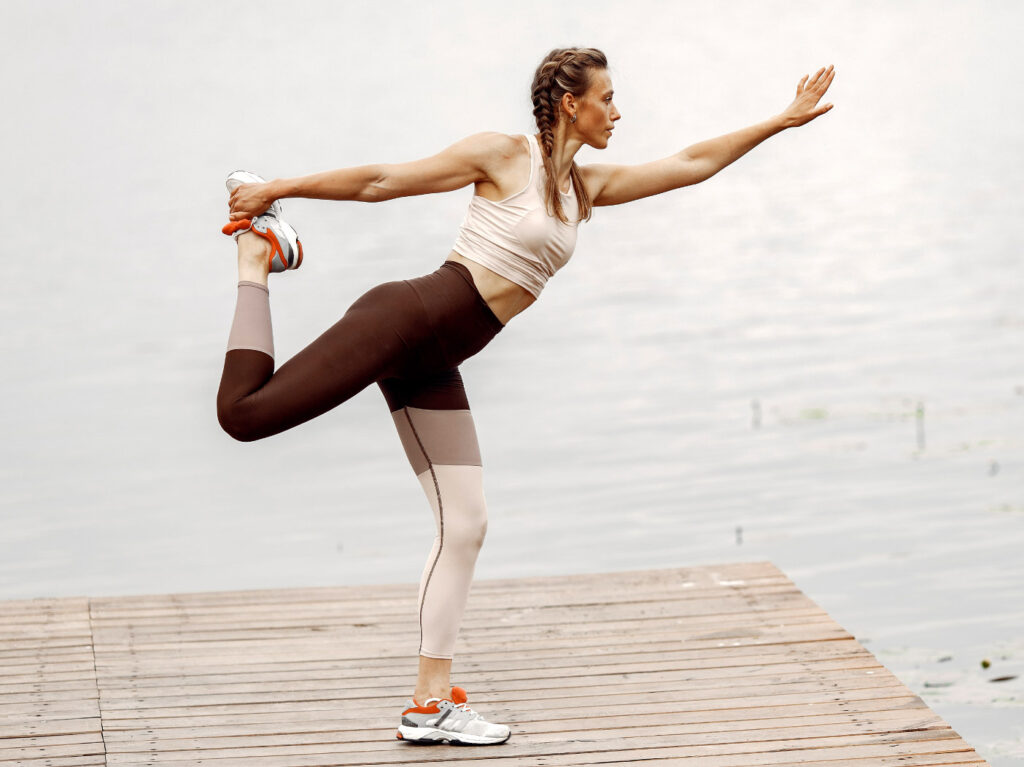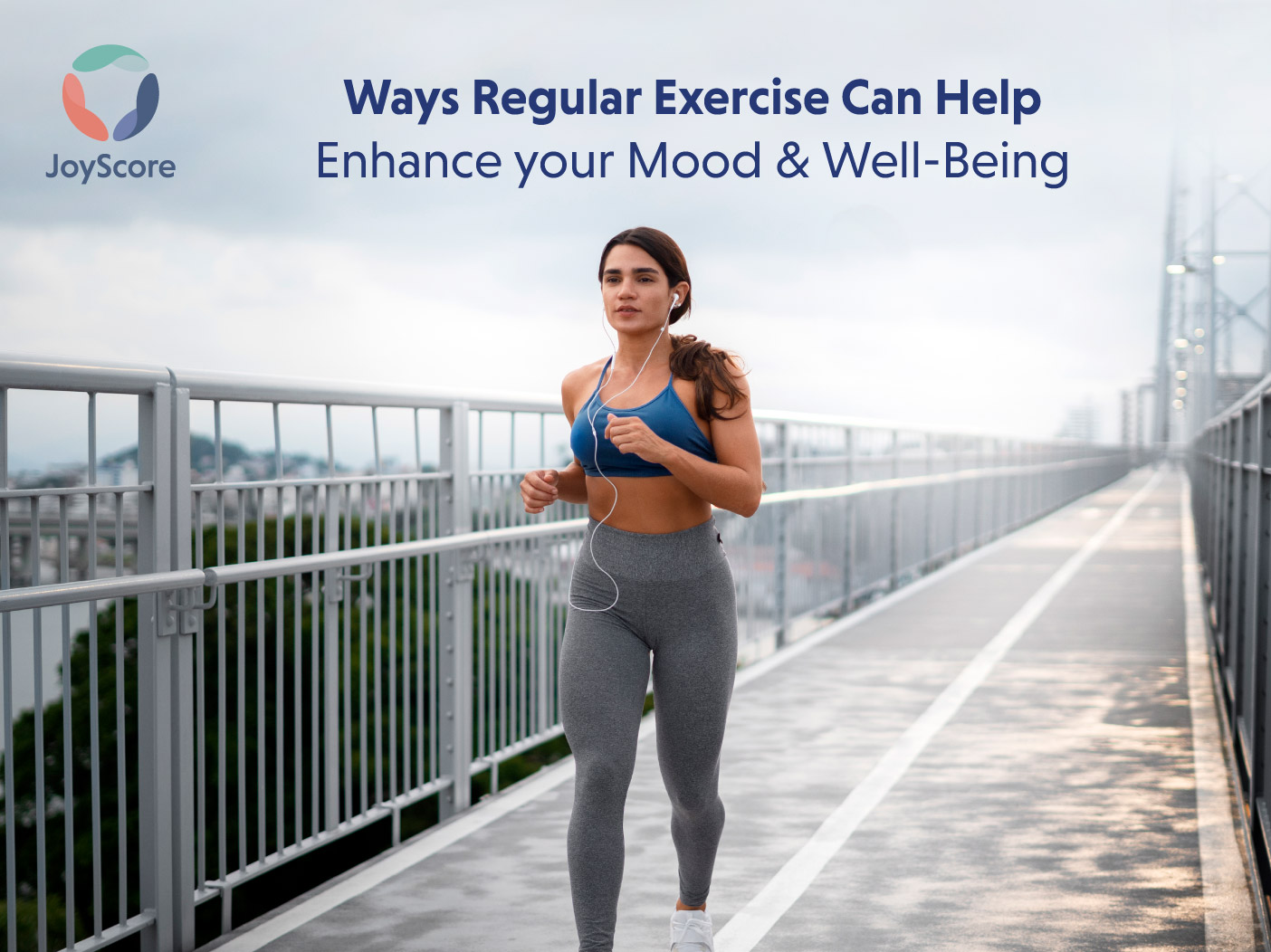Inactivity can both be a cause and a consequence of mental illness and other health problems. That’s why it’s important to engage in physical activity whenever you get time. Remember exercise doesn’t have to be strenuous, structured or done for long hours, and any exercise is better than none!
Experts suggest 2.5-5 hours of moderate exercise or 1.25-2.5 hours of vigorous exercise per week is ideal. Moderate exercise includes activities like brisk walking, and swimming, while vigorous activities are fast cycling, jogging or playing some sport. Household work like mopping, sweeping or gardening, gives you a mild workout too.
Some health benefits of regular exercise are:
- Exercises improve your energy levels and prevent falls
- Exercise strengthens your muscles and bones
- Improves blood circulation and lowers blood pressure
- Regular exercise helps in weight management
- Exercising plays a vital role in disease prevention
- Exercise helps treat chronic health conditions and disabilities
- Exercising imparts self-confidence
- Exercise boosts memory and alertness
- Exercise lets you sleep better
- Regular exercise increases your chances of living longer
- Group exercises help bring friends and family together
MENTAL HEALTH AND EXERCISE
Exercise also has mental health benefits. It boosts mood, concentration and alertness, further increasing mental ability. Here are 7 ways exercise improves our mental well-being:
- Half an hour of daily exercise stimulates the release of happy hormones in the brain, such as serotonin and endorphins.
- Exercise improves your coping ability and self-confidence, which will draw you closer to achieving your goals.
- Physical workouts can help you restore your peace of mind by letting go of frustrations.
- Regular exercise is a good distraction from negative thought patterns
- When your skeletal muscle tension reduces through stretching, you will feel more relaxed.
- If you are a member of a gym or aerobics class, it will offer you an opportunity to socialize and get inspired.
- Regular exercise is one of the best ways to fight anxiety, depression, stress and other mental illnesses.

One of the best exercises for mental health is low-intensity aerobic exercise. A 30-45 minute aerobic class done for 3-5 days promotes a positive mood and enthusiasm within 10-12 weeks of time. Some basic aerobic exercises include going for a walk, rowing, swimming, cycling, jump rope, jumping jacks, squat jumps and dancing.
TYPES OF EXERCISES
There are four important types of exercises. Each of these exercises possesses different benefits and challenges. So, if you have a basic understanding of movement, you can incorporate these exercises into your daily routine to elicit the most benefits. Here, we will list the types of exercises and their important aspects.
- AEROBIC EXERCISES
Aerobic exercises utilize oxygen during a workout. These types of exercises are practiced for longer periods of time. It involves the use of large muscle groups starting from the warm up to exercising and then the cool down. Aerobic exercises condition your heart and lungs by increasing the blood flow and increasing their efficiency. As a result, these exercises reduce the risk of heart diseases, stroke, type-2 diabetes and depression.
Aim for at least 150 minutes of aerobic work-out a week. For this, try brisk walking, jogging, cycling, dancing, swimming, running in place, squat jumps, jump rope and high intensity interval training.
Let’s talk about high intensity interval training now.
This is the perfect type of exercise when you have only 20 minutes to work out. It incorporates several rounds that alternate between several minutes of high intensity movements. It raises your heart rate to at least 80% and gives you doses of both cardio and strength. Some examples are tabata, fartlek runs and sprint interval training.
- STRENGTH TRAINING
Strength training is not only restricted to those seeking bodybuilding as a profession. It also helps you reverse age-related muscle loss. When you lift weights, studies show you feel more confident and are capable of performing more strenuous daily tasks. Other than being more active and stronger, strengthening exercises also assist in weight loss, stimulate bone growth, reduce stress and pain. If you can’t get to a gym, you can always design a strength training program at home too. This would consist of squats, lunges, push-ups, triceps dip, step up, plank up and resistance exercises with a band or weight. Some simple equipment you can get and use for strength training at home include:
- An exercise mat
- A dumbbell
- A kettlebell
- A medicine ball
- A stability ball
- STRETCHING AND FLEXIBILITY
Loss of flexibility is not only an issue with old age but some of our youth also face this problem. A sedentary type of lifestyle at home and at work is a major cause of health problems. Less flexibility means shortened muscle fibers and improper body functioning. If you are taking all the other exercises but ignoring stretching, it will increase the risk of muscle cramps, strains, joint pain and inflammation. Loosening of muscle fibers also reduces muscle tension which removes mental stress. You will feel more relaxed and happy throughout the day when you take the time to stretch.
Start with some dynamic stretches which are repetitive in nature such as jumping on one leg or arm circles. Once the muscles are loose and ready, go for static stretching. In this, you will hold the stretch for up to 60 seconds and then release. Some common muscles which need regular stretching are quadriceps, hamstrings, calves, the neck and lower back muscles.
Quadriceps stretching:
This is a simple and effective stretching technique. You can grab your ankle and gently pull your heels up and back until you feel a stretch in the front of the thigh. Hold for about 30 seconds and repeat at least 10 times on alternate legs.
- BALANCE EXERCISES
If you have poor balance and coordination, it will result in falls and unwanted fractures. This may happen when the systems responsible for balance are compromised i.e. vision, inner ear, leg muscles and joints.

Other than strengthening the specific muscle groups, balance exercises also bring body awareness. Coordination and agility improves sports and daily performance which is good for your confidence and self esteem.
Many gyms are also offering balance focused exercise classes such as yoga and tai chi. If you want to practice at home, here are some balance exercises you can do:
- Standing on one foot
- Leg shifts
- Walking heel to toe
- Walking on an uneven surface
Remember: All these exercises should be performed with your eyes closed and open.
CONCLUSION
By becoming more active throughout the day, you can achieve the recommended activity levels you need to stay mentally healthy. Aim to incorporate all types of exercises in your daily routine by making some simple changes.
- Choose to walk or cycle instead of taking a motorized form of transport
- Take breaks and move when you have to sit for long hours
- Track your steps
- Join a local sports team or exercise group
- Try stretching your arms and legs every hour
- Encourage an office fitness challenge whenever possible



